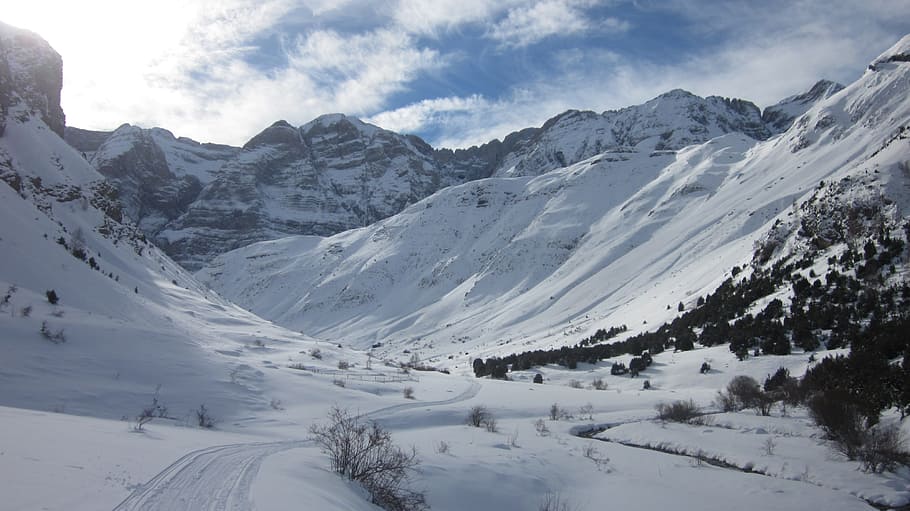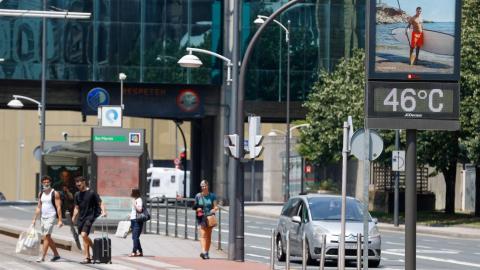Reaction: climate change threatens half of Europe's ski resorts
The projection of a 2 °C rise in temperatures due to climate change would put 53 % of ski resorts in Europe, including Spanish resorts, at serious risk due to lack of snow. The percentage would rise to 98 % if the increase were 4 °C, according to the conclusions of a study published in the journal Nature Climate Change. The use of artificial snow on 50 % of a resort's surface would reduce the percentage of resorts at risk by approximately 25 %, although it would increase energy expenditure and carbon emissions.

Climate change threatens ski resorts / pxfuel
Ernesto- Esquí (EN)
Ernesto Rodríguez Camino
Senior State Meteorologist and president of Spanish Meteorological Association
This study sets out for the first time a common methodology for analysing the risks to ski tourism in all resorts on the European continent from the point of view of snow availability, both naturally and using snowmaking technologies. The study shows a large geographical variability in terms of the reduction of available snow depending on the level of global warming that is reached. Snowmaking has little effect in ski areas at lower altitudes and further south, as too high temperatures prevent effective snow production. However, snowmaking is effective in the north and at higher altitudes. Here it is worth mentioning that Spanish resorts have a high risk of a reduction in available snow, the higher the level of global warming, although in the case of Pyrenean resorts snowmaking shows a certain positive impact.
The study also analyses water and electricity demand and the carbon footprint associated with electricity production for snowmaking, although it is recognised that the main part of the carbon footprint is associated with transport from the tourists' place of residence. Even though a substantial fraction of European ski resorts are still expected to be able to operate with a global warming of 2°C, the ability of ski tourism destinations to achieve their share of the greenhouse gas emission reductions required by international commitments is a major challenge.
The study is of additional interest in that it sets out a methodology that can also be applied, using higher resolution data, within a particular ski resort and for each of its slopes. This study is an example of applying the impacts of climate change to a particular sector throughout Europe with a common methodology and in which the viability of the snow sports activity is considered not only in terms of the availability of the resource but also in terms of its cost in terms of carbon footprint.
François et al.
- Research article
- Peer reviewed
- Modelling



